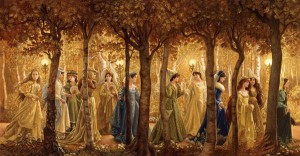
Just returned from a wonderful conference at Hollins University in Roanoke. Hollins runs a summer M.A. degree program in Children’s Literature that attracts many notable writers, illustrators, and scholars. I was deeply impressed by the vibrant intellectual community that forms there–great talks and lively conversation in a utopian setting, complete with grazing horses on campus. (Margaret Wise Brown is a graduate of the university.) This summer, Ruth Sanderson, Candice Ransom, Tina Hanlon, Amanda Cockrell, and Brian Atteberry (among many others) are on the faculty. Above an illustration from Ruth Sanderson’s “Twelve Dancing Princesses.”
Here’s a link to the M.A. Program at Hollins:
http://www.hollins.edu/grad/childlit/childlit.htm


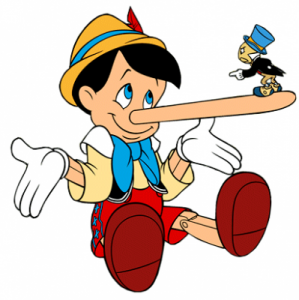
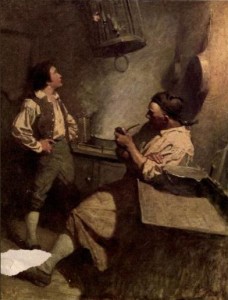
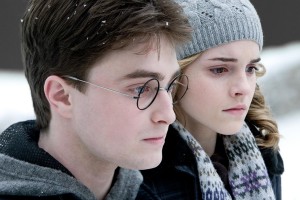
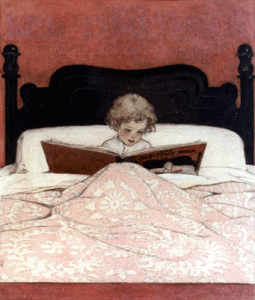 Nicholas Kristoff weighs in on his 13 favorite children’s books, and 908 readers (so far) responded with additional proposals for summer reading.
Nicholas Kristoff weighs in on his 13 favorite children’s books, and 908 readers (so far) responded with additional proposals for summer reading.